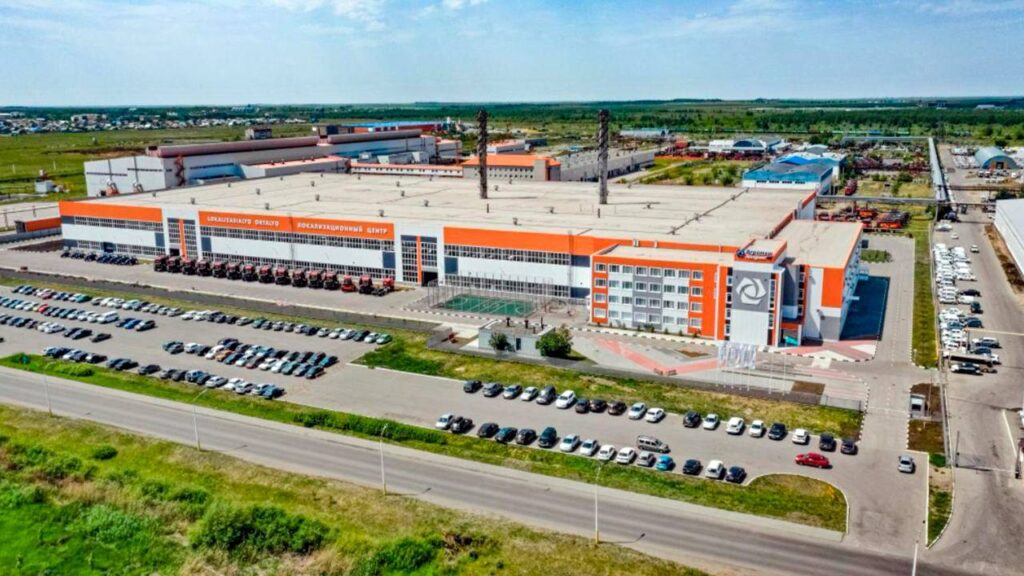U.S. Company John Deere Launches Agricultural Machinery Production in Kazakhstan
American agricultural machinery giant John Deere has officially launched production in Kostanay, Kazakhstan, marking a milestone in the country’s strategy to localize industrial output and reduce reliance on imports. The new manufacturing line is based at the Agromash plant’s localization center and reflects the Kazakh government’s broader policy to support domestic manufacturing and develop the machine-building sector. A key driver behind this initiative was the government’s recent decision to end subsidies for imported tractors and combines, creating momentum for localized production. The agreement with John Deere, widely recognized as a global leader in agricultural equipment, emerged as a flagship example of this new direction. By partnering with Agromash, Kazakhstan’s largest machinery manufacturer, the venture will produce self-propelled, trailed, and mounted equipment adapted to local agricultural conditions. Local production is expected to help farmers modernize their equipment more affordably. Through a government-backed preferential leasing program with an annual rate of just 5%, supported by 120 billion tenge in allocated funds, over 3,200 farmers will be able to purchase new domestically produced machinery this year. “Kazakhstan's agricultural producers now have access to machinery on favorable terms. This not only simplifies modernization efforts but also boosts the development of the agricultural sector,” the government noted. Agromash President Dinara Shukizhanova credited the country’s economic reforms for making the collaboration with John Deere possible. The initiative is expected to generate jobs, introduce advanced technologies, and prioritize the training of a new generation of engineers and technical specialists. John Deere’s official representative in Kazakhstan, Eurasia Group, will handle sales, service, and implementation of digital agricultural solutions. Over the next five years, three modern service centers will be established across the country to support digitalization in agriculture. These hubs will offer technical support and training for agronomists, mechanics, engineers, and IT professionals, reinforcing the efficient use of modern equipment. In addition to John Deere, the Agromash plant currently produces agricultural machinery under the ESSIL, LOVOL, and DEUTZ-FAHR brands. With an annual production capacity of up to 5,000 units, Agromash supplies machinery nationwide, supported by a regional network that spans major agricultural areas from Almaty to Ust-Kamenogorsk. Deere & Company, the parent corporation behind the John Deere brand, is a U.S.-based multinational manufacturer of agricultural, construction, and forestry equipment, as well as diesel engines and heavy-duty transmissions. The localization of John Deere production not only reinforces Kostanay’s position as Kazakhstan’s leading hub for agricultural machinery but also represents a strategic move toward technological sovereignty, innovation, and a strengthened domestic agro-industrial sector.


